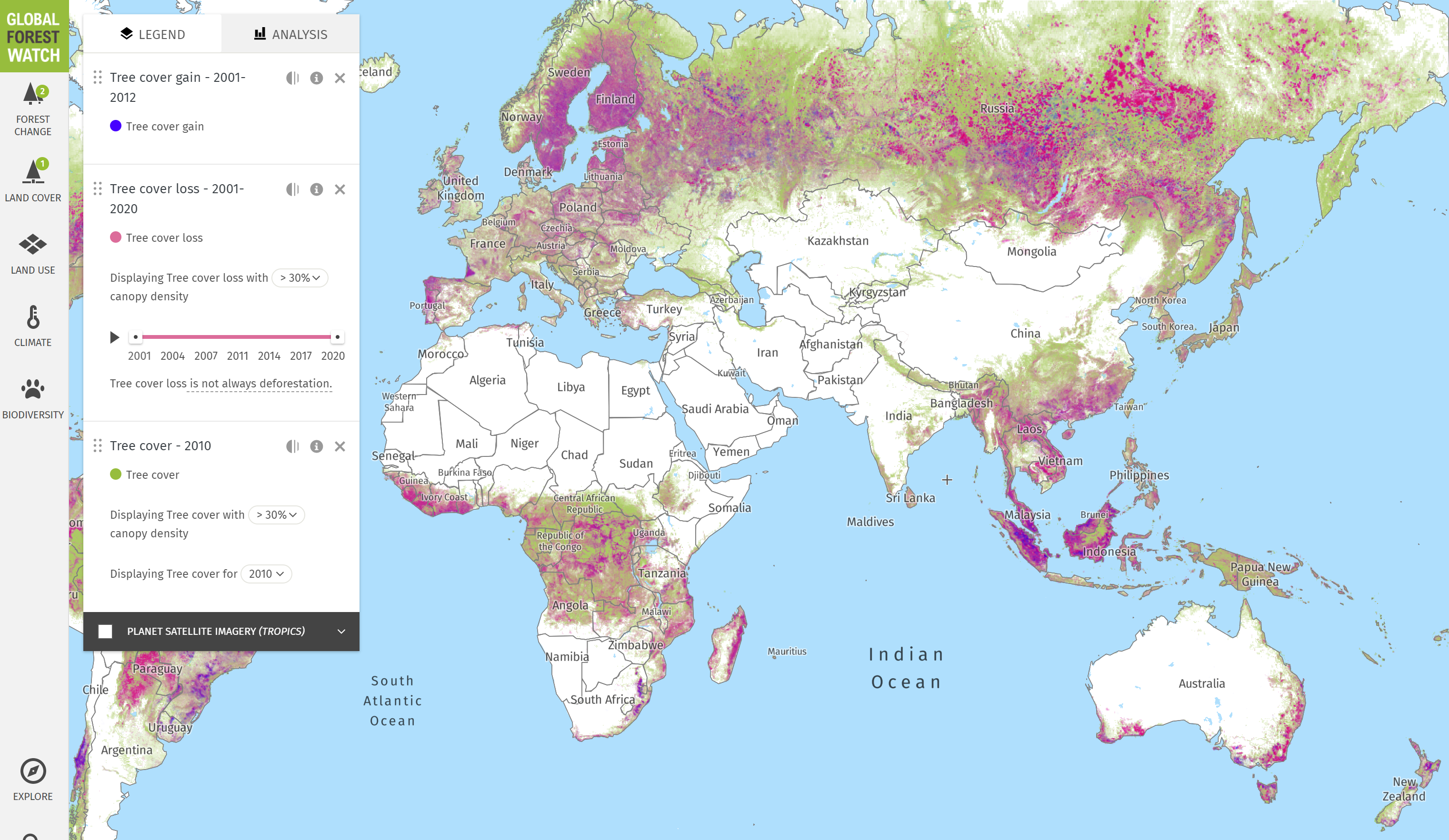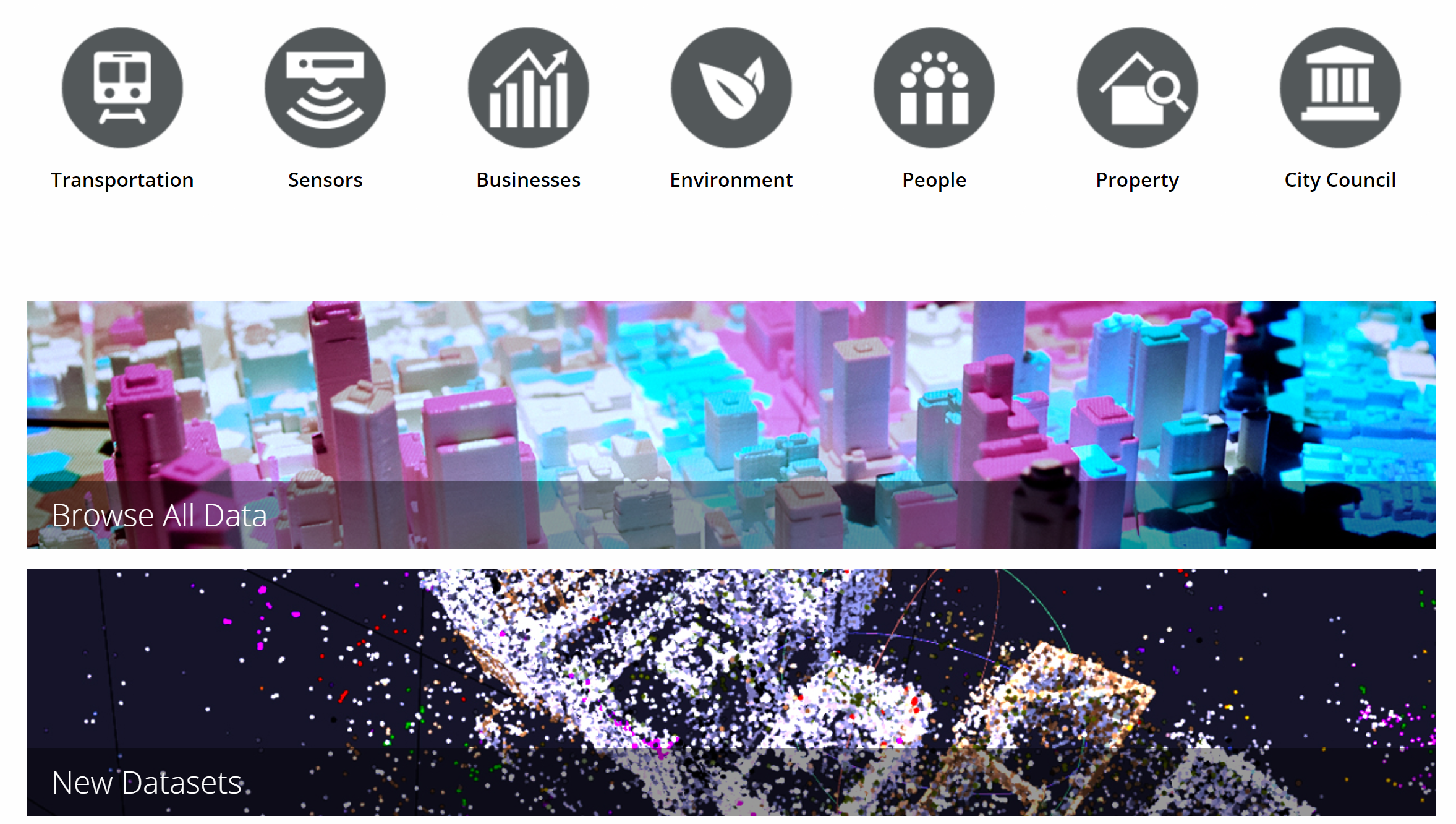Topics
This note lists topics and angles or lenses for possible research and creative exploration. This is an indicative list, you are very welcome to propose other topics and directions.
Key Challenges
A simplification, but we can divide larger-scale challenges into two groups.
Threats to Existence
- Loss of biodiversity
- Loss of habitat
- Erasure of historically accumulated complexity, in application to life and abiotic environments
Threats to Wellbeing
- Loss of thriving, health, wellbeing, for humans and all life
- Equity and justice, uneven distribution of benefits and suffering. Suffering and unjust treatment of nonhuman beings
Key Opportunities
What can design in general and architecture in particular improve to make their contributions more beneficial?
- Better collaboration with nonhumans
- Better evidence or data
- Better information
- Better communication
- Better technology
- Better knowledge
- Examples of better life
- Examples of imagined worlds that expand the space of possibilities
Stakeholders, Clients and Co-Designers
Consider the roles for all agents. Design by, for and with all members of more-than-human communities. Here, "more-than-human" can mean a living being, an artificial system or a self-organising abiotic system.
Examples of Living Agents
- Pets and their lives, for example the access to the city/buildings for companion animals such as dogs
- Plants as clients of design rather than materials, tools, building elements, or decorative elements
- Near-surface habitats (mosses, lichens, insects, microbes)
- Birds, especially urban and peri-urban (arboreal nesters, hollow nesters, other)
- Insects
- Wild/feral/pest/domesticated or citizens/denizens/sovereign nations (political and control implications)
- Agricultural animals and food industry
- Working animals such as police or military dogs, horses, etc.
- Clients organised by
- Forms of work they do
- Services they provide
- Styles of life
- Types of community
- Relationship to humans (pets, pests, prey, food, etc.)
Examples of Artificial Agents
The common denomination would be to see artificial agents as nonliving but this boundary is porous or is increasingly seen as such by commentators.
- Robots, including relationship to humans (making, services, care, sex), rights and protections for robots, governance of artificial systems, robot ethics
- Software platforms
- Artificial intelligence systems including confined systems and the prospects for general artificial intelligence
Examples of Abiotic Agents
- Hyperobjects such as weather systems and climate, soil formation system, ecosystems and others
- Local effects such as dirt, pollution, erosion, sedimentation, etc.
Places
Places understood as system of dynamic interaction in a location, aggregating into relationships, dependent on memories, cultures, etc. Synonyms: sites/ecosystems/biomes/habitats/environments/dwellings.
- Land habitats
- Water habitats. Marine/riverine life, urbanisation and design
- Sea
- Rivers
- Wetlands
- Buildings and types of buildings
- Artificial interior spaces
- Cities
- Dense blocks
- Suburbia
- Underground habitats
- Roofs and the air
- Parks
- Water and under water
- Agricultural environments
- Infrastructure (bridges, railways, dams, roads, canalisation, etc.)
- Environments and ecosystems across scales
- Degrees of control. Urban/peri-urban/wild, areas of inclusion/exclusion, fences and enclosures, abandoned and remodelled cities
- Extra-terrestrial habitats: asteroids, other planets, interstellar space
Methods
Consider the ways you can advance your research project. How will you spend your time?
Methods will help you to answer your research questions but they can also be the object of your research.
- Speculative design, design fictions, personas, cf. Science Fiction
- Backcasting, forecasting, futures studies, cf. Future
- Traditional and indigenous knowledge and design, cf. Indigenous
- Design experiments, prototyping
- Simulations, games, interactive environments
Approaches and Solutions
You can consider exploring existing approaches and outcomes of design, engineering, or management.
- Walkable buildings
- Permeable buildings
- Prosthetic and artificial habitats (on/under water, on artificial structures, new/retrofitted, etc.)
- Lifecycles and design in natural and technical systems
- Continuous designing, adaptation, reuse, repurposing
- Search-based design, form-finding, generative design
- Connectivity of urban block and buildings
- Temporary, ephemeral, modifiable and transportable architecture
- Ecoliteracy in support of recognition and solidarity
Conceptual Frameworks
Conceptual frameworks govern theory and practice in many disciplines and are an interesting research opportunity. Even if you do not focus on them explicitly, you will benefit from building that into the background of your project.
- Ecocentrism and design, cf. Ecocentric Design
- Aesthetics of decay, impermanence, mess, and dirt
- More-than-human participation
- Biomimicry and bioinspiration, Biomimicry
- Rewilding
- One health
- One rights, wild law, Earth jurisprudence, animal piece law
Technologies
The meaning and role of technologies in life, human and nonhuman is a topic by itself.
Beyond there, there are practical cases that can yield interesting analysis:
Techno-Optimist Approaches
These approaches generally expect that human technology can help.
- Generative design
- Parametric modelling
- Information modelling (building information modelling, site information modelling)
- Augmented reality
- Virtual reality
- Serious games
- Interactive technologies and environments
- Material computation
- Mass customisation
- Data collection (sensing, imaging, scanning) and analysis systems
- Artificial intelligence systems, machine learning
- GIS and dynamic mapping
- Robotics and mechatronics
- Digital fabrication
- Bio- and eco-design
- Geoengineering
- Data science and big data
- Bioinformatics
This note collects interesting data sources and tools for analysis.
Overviews
- Commons Library: Guide to publicly available data sources
- Data4good
- Locating Data Sets & Raw Data: Sciences & Environmental Data
General Data Repositories
Environmental

Global Forest Watch A dynamic representation of global forest that is updated in real time and can support flexible analysis.
- Atlas of Living Australia – Open access to Australia’s biodiversity data, provides an API access.
- Victorian Government Open Data Many different types of data, GIS, 2D, 3D, statistical.

- City of Melbourne - Open Data Portal Many different types of data.
Corals
Mapping, Imaging, and GIS
- Nearmap Vertical, oblique current and historical satellite images (UOM provides full access).
Toolkits
RapidAPI - The Next Generation API Platform Data and API marketplace, free and paid data available.
Birds
Handbook:
Data:
Anti-Technologies
- Neo-luddite approaches, cf. Luddism
- Voluntary simplicity
- Preservation and utilisation of nonhuman skills and knowledge
- Traditional and Indigenous ecological knowledge
- Bioregionalism
- Eco-socialism and anarchism
Existing Areas of Research/Practice
- Smart cities, smart villages, cf. Smart Systems
- Precision agriculture
- Smart mobility
- Biodiversity-sensitive design
- Animal-computer interaction
Areas of Conceptual Innovation
- Nonhuman innovation, knowledge, sentience
- Nonhuman rights, personhood, political participation
- Rights and ethics of artificial systems
- Post-humanism
Cultural and Social Relationships
- Work
- Skill
- Expertise
- Creative practice
- Education
Subnotes